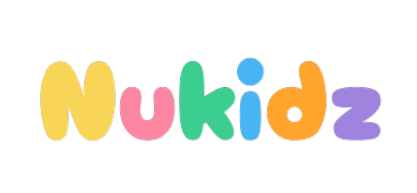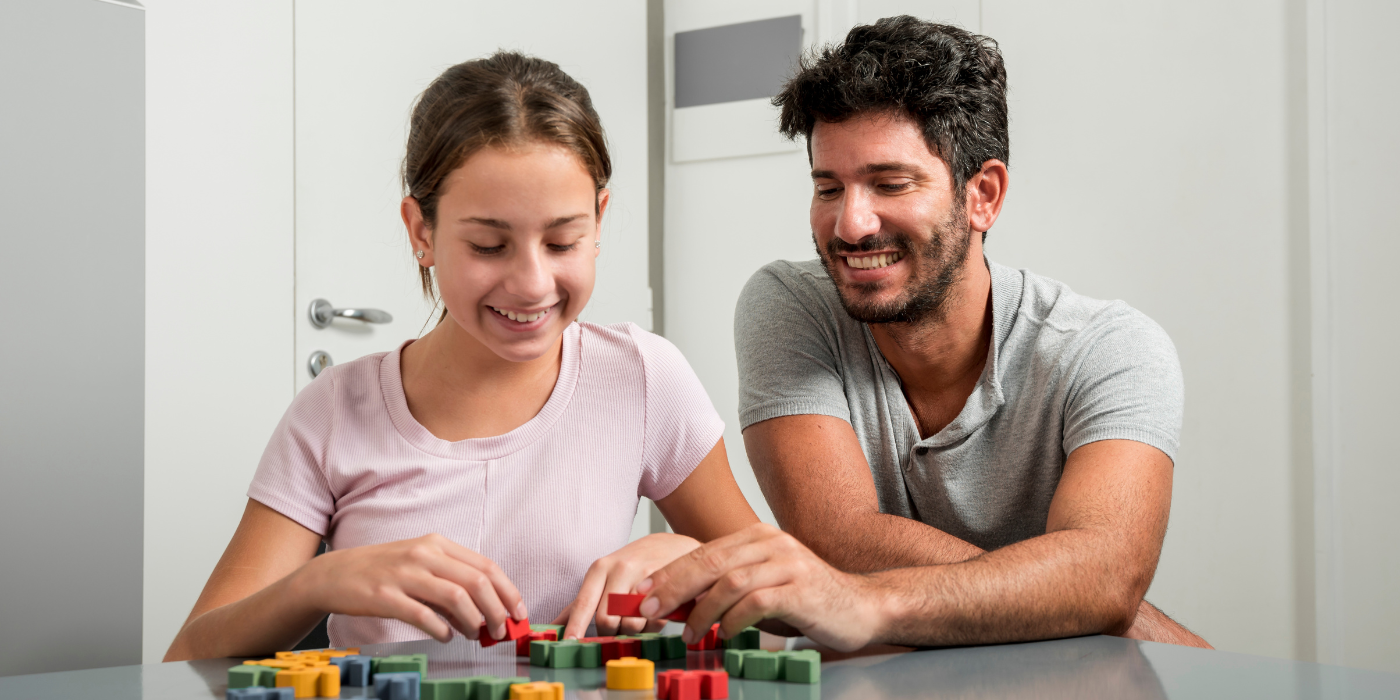P
Hello Awesome Parents! Buckle Up for Tantrum Tips and Positive Parenting Thrills!
Welcome to our Parenting Rollercoaster! Get ready for a ride through the twists and turns of toddlerhood tantrums and positive discipline. In this guide, we’ll be your trusty companions as we navigate the exciting world of toddlerhood together. Expect practical strategies to handle those challenging moments and insights on embracing positive discipline. Whether you’re a superhero parent or a newbie in the game, we’ve crafted this guide just for you. Let’s turn those tantrums into triumphs!
Understanding the Toddler Years: A Parent’s Quick Guide
Tiny Rebels in the Making: Toddlers are like mini-rebels, discovering their independence. Brace yourself for a chorus of “no’s” – it’s their way of flexing their tiny decision-making muscles!
Emotional Rollercoaster: Tantrums might become a thing. Picture it as their colourful way of expressing feelings they’re still figuring out.
Sponge Mode at Three: Three-year-olds absorb everything! Communication skills are blossoming, and they’re testing limits – get ready for a bit of a wild, but wonderfully explorative, ride.
Unlocking the Mystery of Terrible Twos and Terrific Threes
The Terrible Twos:
This is when your little explorer is discovering independence. They’re learning to say “no” because, hey, they’ve got opinions now! Tantrums might make an appearance as they navigate this new world.
The Terrific Threes:
By the time they hit three, they’re like little sponges soaking up everything around them. Communication skills are blooming, and they’re testing boundaries. It’s not always smooth sailing, but it’s a pretty amazing phase.
So, get ready for this magical and slightly bumpy ride through toddlerhood! We’re here with tips to make these years more terrific than terrible.
Tantrum Awareness: Navigating Toddler Meltdowns
Tantrum Triggers: Figuring Out What Sets Them Off
- Imagine tantrums as a mystery game, and your child’s reactions are the clues. Did you know that toddlers often throw tantrums when they’re trying to assert their independence?
- Here’s a activity: Observe and jot down what happened just before a tantrum. You might uncover patterns that reveal their trigger points!
Tantrum Warning Signs: Spotting the Clouds Before the Storm
- Just like thunder warns you of a storm, there are signals that a tantrum is brewing. Maybe they start fidgeting, their face scrunches up, or they go eerily quiet.
- Recognizing these warning signs is your parenting superpower. Let’s dive into these cues, so you’re equipped to tackle the tantrum before it’s full-blown.
Emotional Needs Behind Tantrums: Understanding the “Why”
- Tantrums are like secret messages from your toddler’s heart. It’s their way of saying, “Hey, something’s not right.” Maybe they’re tired, frustrated, or just need a hug.
- Try an emotion chart with smiley faces expressing various emotions. Ask your child to point to the face that matches how they feel. It’s a simple yet powerful way to understand and connect with their emotions.
Practical Strategies for Tantrum Management: Guiding Through Toddler Moments
Prevention Techniques
1. Stick to a Routine: Keep Things Predictable
Why it Matters: Did you know that toddlers thrive on routine? It helps them feel secure because they know what to expect. Create a colourful routine chart together, including playtime, meals, and bedtime. It adds a touch of fun to their day and eases transitions.
2. Offer Choices: Empower Your Child with Decision-Making
Insider Tip: Toddlers love feeling in control! Offer them choices to make them feel like big decision-makers. For example, let them choose between two snack options or pick which colour cup they want to use. It’s a small win for them and lessens the chance of a power struggle.
Activity: Create a “Choice Wheel” with different options on it. Spin it together when a decision needs to be made. It turns decision-making into a playful game!
3. Ensure Good Sleep and Nutrition: Fuel for a Happy, Healthy Child
Insider Insight: Did you know that lack of sleep and hunger can contribute to tantrums? Ensure your little one gets enough shut-eye and enjoys nutritious meals. You can involve them in meal prep – it’s a fantastic way to teach them about healthy choices.
Activity: Make a “Sleepy-Time Star” and a “Healthy Plate” collage. Cut out pictures from magazines or draw together to represent good sleep habits and nutritious foods. Stick them up where your child can see, creating a visual reminder of healthy choices.
In-the-Moment Approaches: Handling Tantrums Like a Pro
1. Stay Calm as a Parent: Keep Your Cool During Tantrums
Why it Matters: Did you know that kids often mirror the emotions of those around them? Staying calm during a tantrum helps create a soothing atmosphere. Take a deep breath, and remember, you’re the anchor in their storm.
Activity: Create a “Calm Kit” together. Fill a box with calming items like soft toys, a stress ball, or a favourite book. When tensions rise, you both can turn to the kit for a moment of calmness.
2. Decide to Ignore or Redirect: Choose the Right Response
Insider Tip: Sometimes, ignoring a tantrum can be as powerful as addressing it. Toddlers seek attention, so by redirecting their focus, you guide their energy elsewhere. Choose your battles wisely!
Activity: Make a “Redirection Jar” filled with fun, small activities written on paper. When a tantrum starts, pick an activity together. It could be a quick dance, drawing, or a simple game—turning a challenging moment into a playful one.
3. Distract and Redirect: Use Playful Techniques to Shift Focus
Insider Insight: Kids have short attention spans! Use this to your advantage by introducing a new, exciting activity. It helps shift their focus away from the tantrum and onto something positive.
Activity: Create a “Distraction Deck” with cards suggesting quick, engaging activities. Keep it handy, and when a tantrum strikes, let your child choose a card. It’s a playful way to turn a difficult moment into a fun adventure.
Post-Tantrum Reflection: Nurturing Emotional Growth
1. Teach Feelings: Help Your Child Understand Emotions
Why it Matters: Did you know that understanding emotions is like having a superpower? It helps kids express themselves better. After a tantrum, talk about feelings using simple words. Ask questions like, “How did you feel?” or “Can you show me your happy face?”
Activity: Create an “Emotion Faces Chart.” Draw happy, sad, and other faces together. During a calm moment, ask your child to point to the face that matches how they feel. It’s a fun way to connect emotions to expressions.
2. Encourage Talking: Use Words Instead of Actions
Insider Tip: Talking is a fantastic tool! Encourage your child to express their feelings with words instead of actions. Remind them that using words helps you understand what they need.
Activity: Make a “Feelings Journal” using drawings or simple sentences. When emotions run high, ask your child to draw or write about it. It turns emotional expression into a creative outlet.
3. Celebrate Good Behavior: Reinforce Positivity After Tantrums
Insider Insight: Did you know that positive reinforcement works wonders? After a tantrum, focus on the positives. Celebrate small victories—like when they use words instead of crying.
Activity: Create a “Positive Stars Chart.” Each time your child handles a situation well, add a star. When they collect a certain number, celebrate with a small reward or a special activity. It’s a visual reminder of their awesome behaviour.
Positive Discipline Methods: Guiding Your Little Explorer
Setting Clear Expectations
1. Share Rules Clearly: Communicate Expectations Effectively
Why it Matters: Did you know that clear rules are like a map for your child’s behaviour? When they know what’s expected, it helps them feel secure. Take a moment to talk about the rules, and use simple language. For instance, say, “We don’t hit; we use gentle hands.”
Activity: Create a “Rule Chart” together. Draw pictures or use stickers to represent each rule. It turns rule-setting into a collaborative and visual adventure.
2. Use Simple Language: Tailor Your Communication to Your Child’s Age
Insider Tip: Kids understand things better when you speak their language. Use simple words that match their age and level of understanding. It’s like creating a special code between you and your child.
Activity: Make a “Word Hunt” game. Find everyday items around the house and say their names with your child. Keep it simple and fun. This activity not only boosts their vocabulary but also strengthens your connection. 🗺️🌈
Consistent Consequences: Guiding with Care
1. Logical Outcomes: Results that Make Sense
Why it Matters: Did you know that consequences can be like friendly guides? Logical outcomes help your child understand the connection between actions and results. For instance, if toys are left outside, they might get wet. It’s a natural cause-and-effect lesson.
Activity: Create a “Consequence Chain.” Draw simple pictures to show different actions and their outcomes. It transforms learning into a visual adventure, making it easier for your child to grasp.
2. Avoid Punishment: Focus on Teaching, Not Punishing
Insider Insight: Punishment often creates fear, but teaching creates understanding. Instead of focusing on punishment, guide your child toward better choices. It’s like being a mentor, helping them navigate the path of good behaviour.
Activity: Play the “Choices Game.” Present two scenarios and discuss the possible outcomes of each. Ask your child to choose the one with the better result. It turns decision-making into an interactive learning experience. 🎲✨
Positive Reinforcement: Building a Foundation of Positivity
1. Praise Good Behaviour: Acknowledge and Celebrate Positivity
Why it Matters: Did you know that praise is like sunshine for a child’s confidence? When you acknowledge their good behaviour, it boosts their self-esteem. Take a moment to say, “Great job sharing!” or “I love how you helped.”
Activity: Create a “Praise Wall” together. Every time your child receives praise, add a colourful note or sticker to the wall. It becomes a visual celebration of their achievements, reminding them of their awesomeness.
2. Reward Thoughtfully: Use Rewards in a Meaningful Way
Insider Tip: Rewards are like little motivators on the parenting journey. Instead of just giving treats, connect rewards to their efforts. For example, if they tidy up, you can reward them with extra playtime or a special story.
Activity: Make a “Reward Menu.” Create a list of rewards together, like a movie night, choosing a favourite game, or an extra bedtime story. It empowers your child to make positive choices with exciting rewards in mind. 🌟🏆
Parental Self-Care During the Toddler Years: Navigating Parenthood with Confidence
Real-Life Parenting Wisdom
Parenting is a wild ride filled with ups, downs, and unexpected turns. Here’s a glimpse of real-life wisdom to help you navigate the toddler years like a pro:
1. Embrace Imperfection:
Why it Matters: Did you know that imperfections are what make parenting beautifully unique? Give yourself permission to not have all the answers. It’s okay not to be perfect; it’s about the journey, not the destination.
Activity: Create an “Imperfection Jar.” Whenever you face a parenting challenge, write it down and put it in the jar. Over time, you’ll see that imperfections are a shared experience.
2. Celebrate Small Wins:
Insider Insight: Small victories are like stepping stones to success. Did your toddler eat veggies without a fuss? Celebrate! These little wins add up to significant achievements.
Activity: Make a “Victory Board” with pictures or notes of small wins. It becomes a visual reminder of your parenting successes, boosting your confidence.
Tips and Stories from the Paths of Parenthood
Parenthood is a journey filled with shared stories and tips from the trenches. Here are some nuggets of wisdom from fellow parents:
1. Tag-Team Parenting:
Shared Insight: Parents often share the load by taking turns. It’s like having a teammate in this adventure. If you’re feeling overwhelmed, don’t hesitate to ask for backup.
2. Laughter as Medicine:
Interesting Fact: Laughter is a powerful stress-buster! Did you know that humour can diffuse tense moments? Find joy in the little things; it makes the parenting ride smoother.
Activity: Create a “Laughter List” with funny things your toddler does. Whenever stress creeps in, revisit the list for a quick mood lift.
Happy Parenting Conclusion:
Remember, you’re not alone in this journey. Every parent has their unique tales and tips, forming a collective wisdom that makes the adventure of parenthood richer. 🌈🚀
As we conclude this adventure through toddlerhood, remember that tantrums are just a small part of the colourful tapestry of parenting. Embrace the bumps, celebrate the victories, and find joy in the everyday chaos.
Like a passing storm, tantrums come and go. They are moments of growth, learning, and expression for your little one. In those challenging times, take a deep breath, stay calm, and know that you’re not alone.
So, here’s to happy parenting, tantrums and all! May your days be filled with laughter, love, and the wonderful messiness that makes parenting so beautifully unique.







